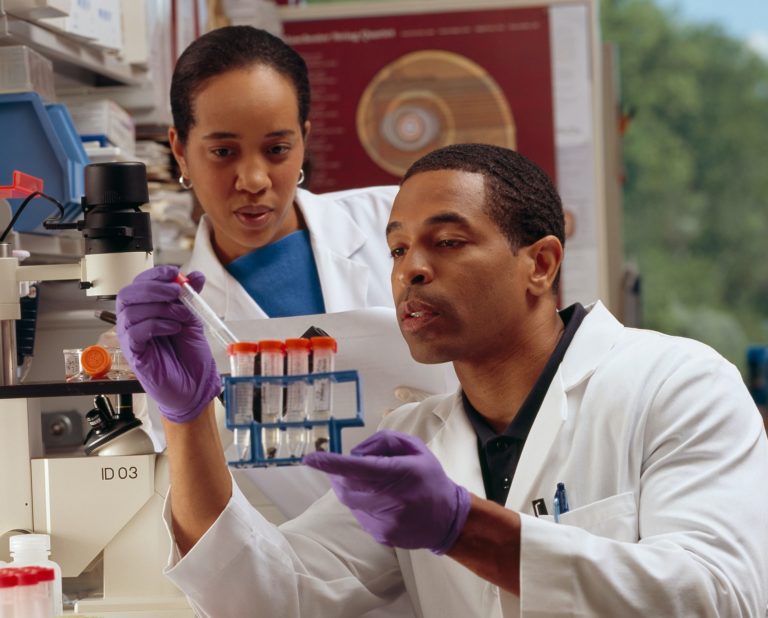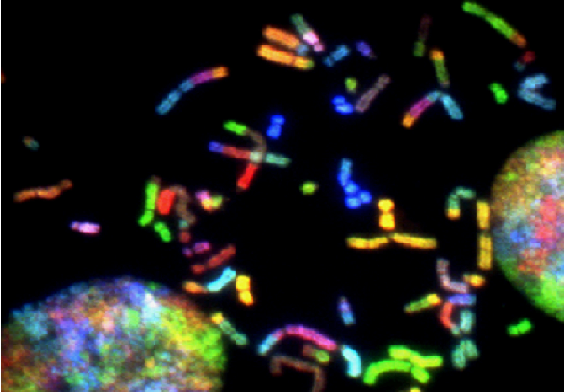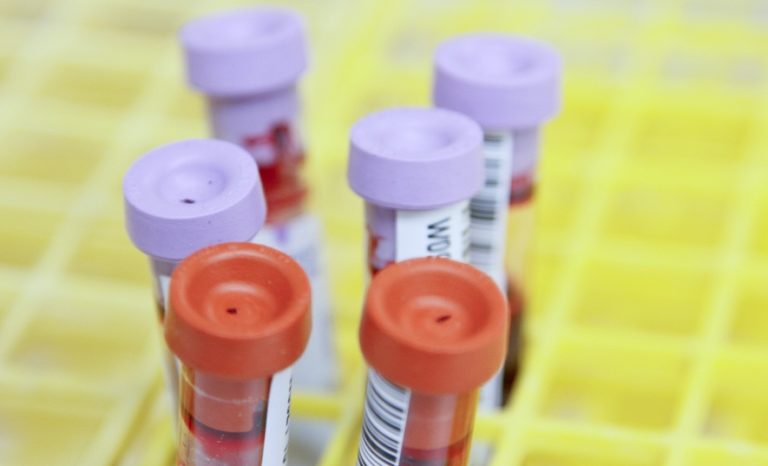May 10, 2022: “Flagship Pioneering and Novo Nordisk A/S announced a collaboration to create a portfolio of novel research programmes to develop transformational medicines.
The companies will explore opportunities to apply Flagship’s innovative bioplatforms – an ecosystem that currently comprises 41 companies – to scientific challenges in disease areas within cardiometabolic and rare diseases and initiate research programmes based on these.
This is a novel approach to collaboration, between companies providing extensive access to innovation, leveraging the technology platforms of multiple biotech companies to create a portfolio of medicines across several disease areas.
“We are excited about this new agreement which will give Novo Nordisk access to Flagships’ large and diverse portfolio of companies, representing a wide variety of novel cutting-edge technologies and therapeutic modalities,” said Marcus Schindler, PhD, professor, executive vice president and chief scientific officer of Novo Nordisk.
“This is a new and innovative way of collaborating, which combines the strength of Flagship Pioneering’s bioplatforms with Novo Nordisk’s cardiometabolic and rare disease expertise.”
Novo Nordisk will provide funding for initiated research programmes and have an exclusive option to license each program.
The ambition is to initiate three to five research programs within the first three years of the collaboration.
“We enter into this collaboration with Novo Nordisk with a shared vision of creating transformational medicines in disease areas where there continue to be significant needs,” said Paul Biondi, president, Pioneering Medicines and executive partner, Flagship Pioneering.
“This strategic partnership demonstrates the unique advantages of our Pioneering Medicines model in which we bring together complementary capabilities and expertise from multiple companies to deliver life-changing medicines to patients.”
Through the collaboration, Flagship’s Pioneering Medicines and the Novo Nordisk Bio Innovation Hub will jointly select the most promising product concepts and conduct research programmes.
Pioneering Medicines is a strategic initiative within Flagship Pioneering that is dedicated to conceiving and developing a broad portfolio of life-changing treatments by leveraging and expanding the use of Flagship’s innovations.
The Novo Nordisk Bio Innovation Hub is a cross-functional R&D team within Novo Nordisk based in Cambridge, Massachusetts, with an ambition to establish and drive an externally anchored portfolio of co-created breakthrough therapeutic concepts and technologies and delivery projects.
The Bio Innovation Hub, together with the recently acquired Dicerna Pharmaceuticals Inc. in Lexington, Massachusetts, are two of four transformational research units (TRUs) in the Novo Nordisk R&D organisation.”











